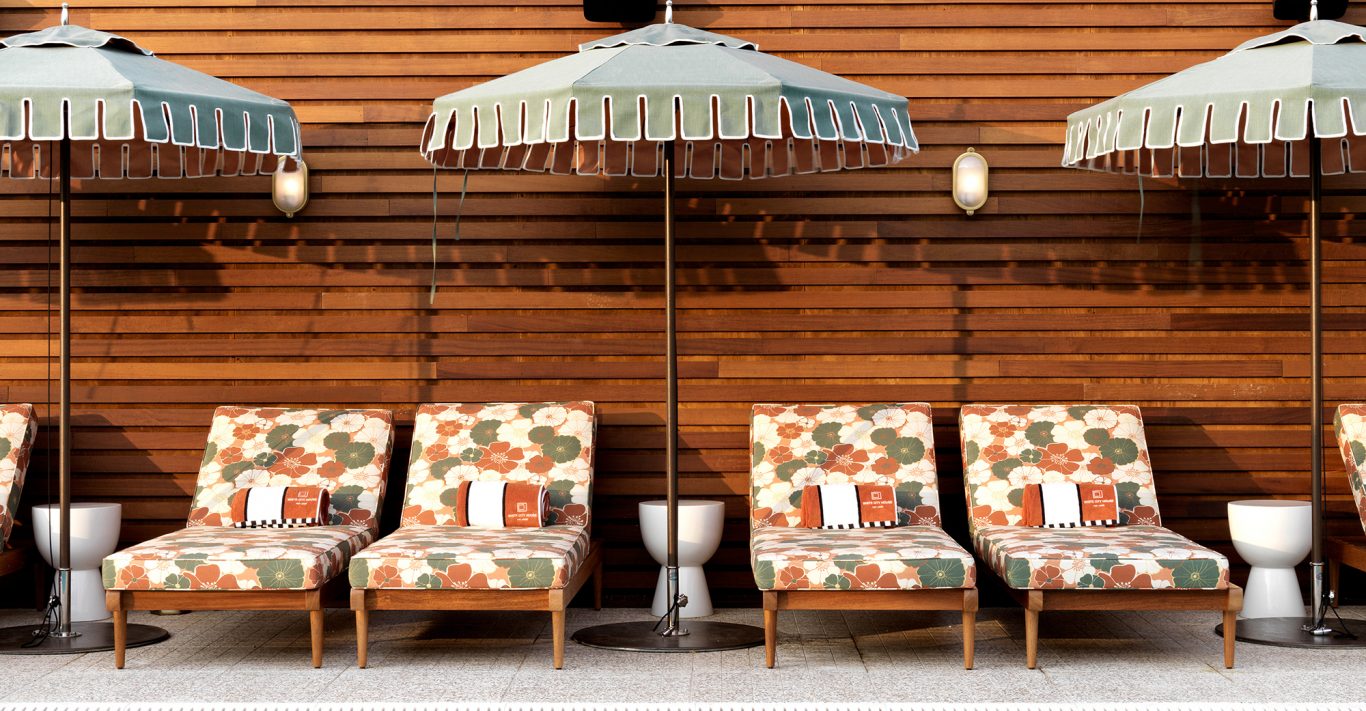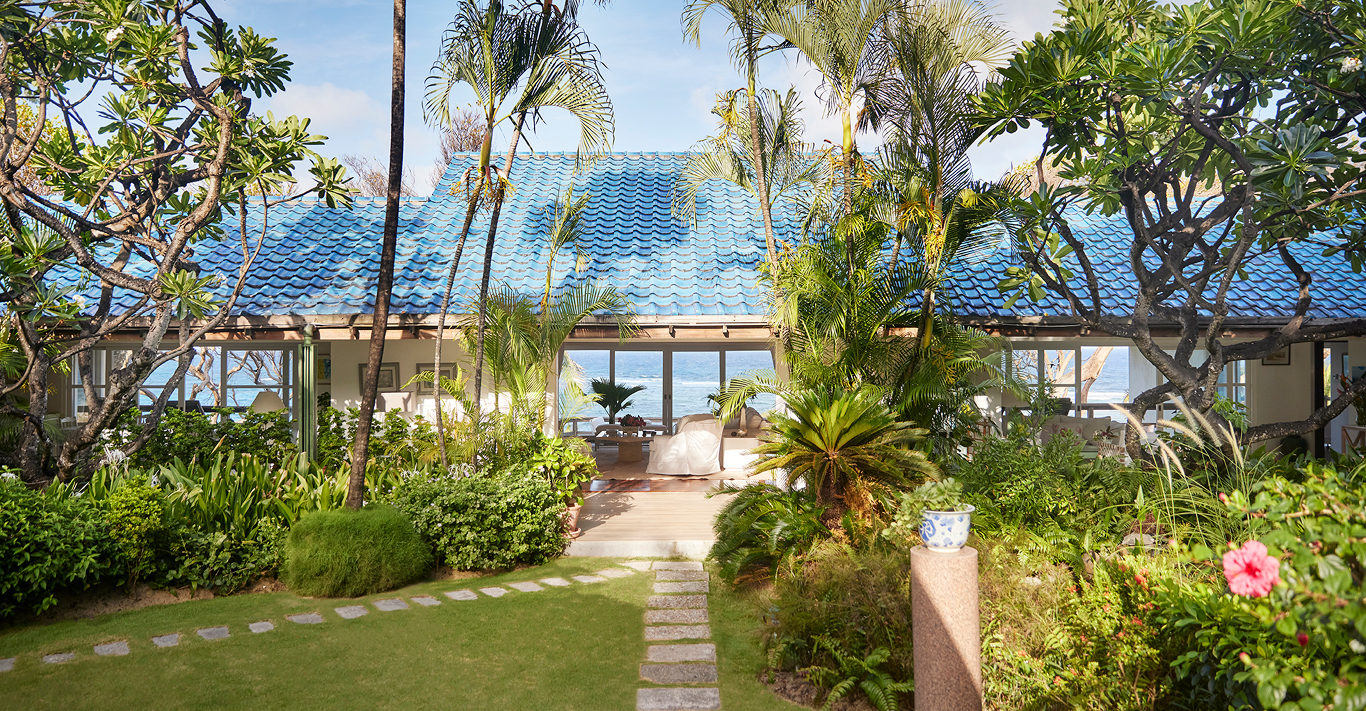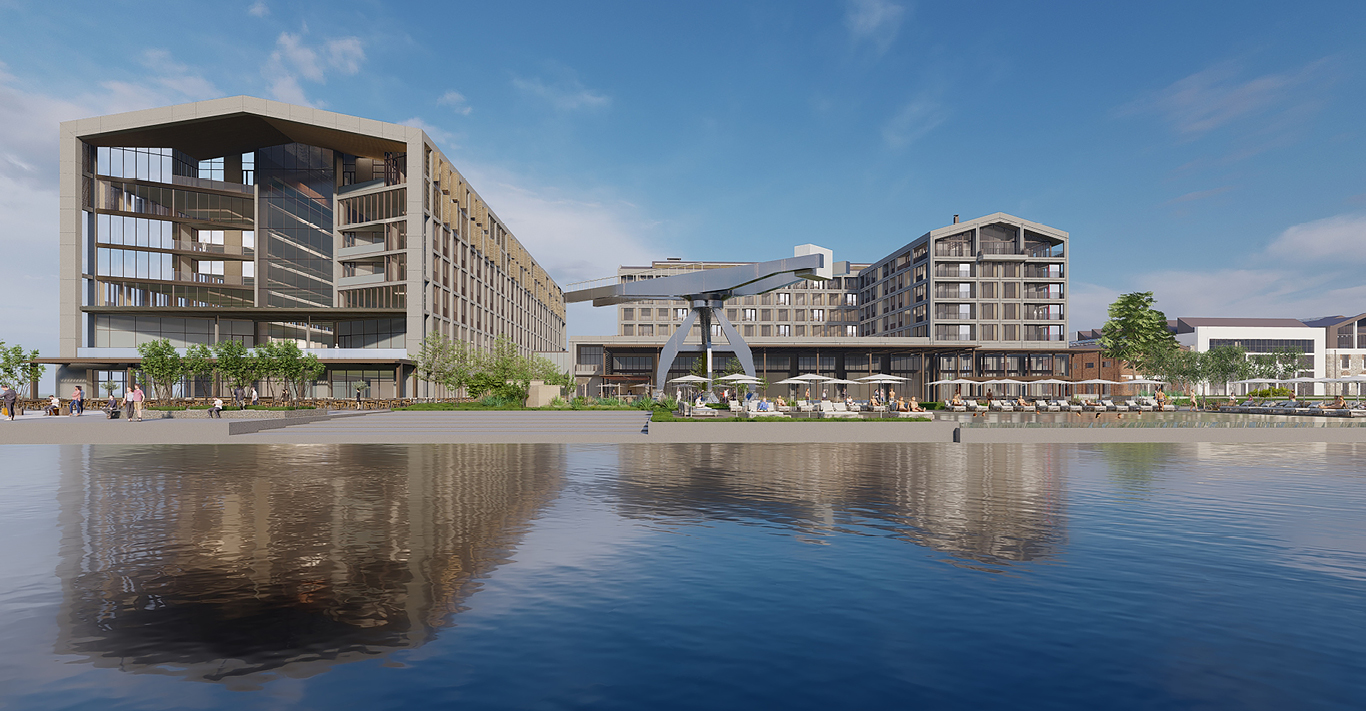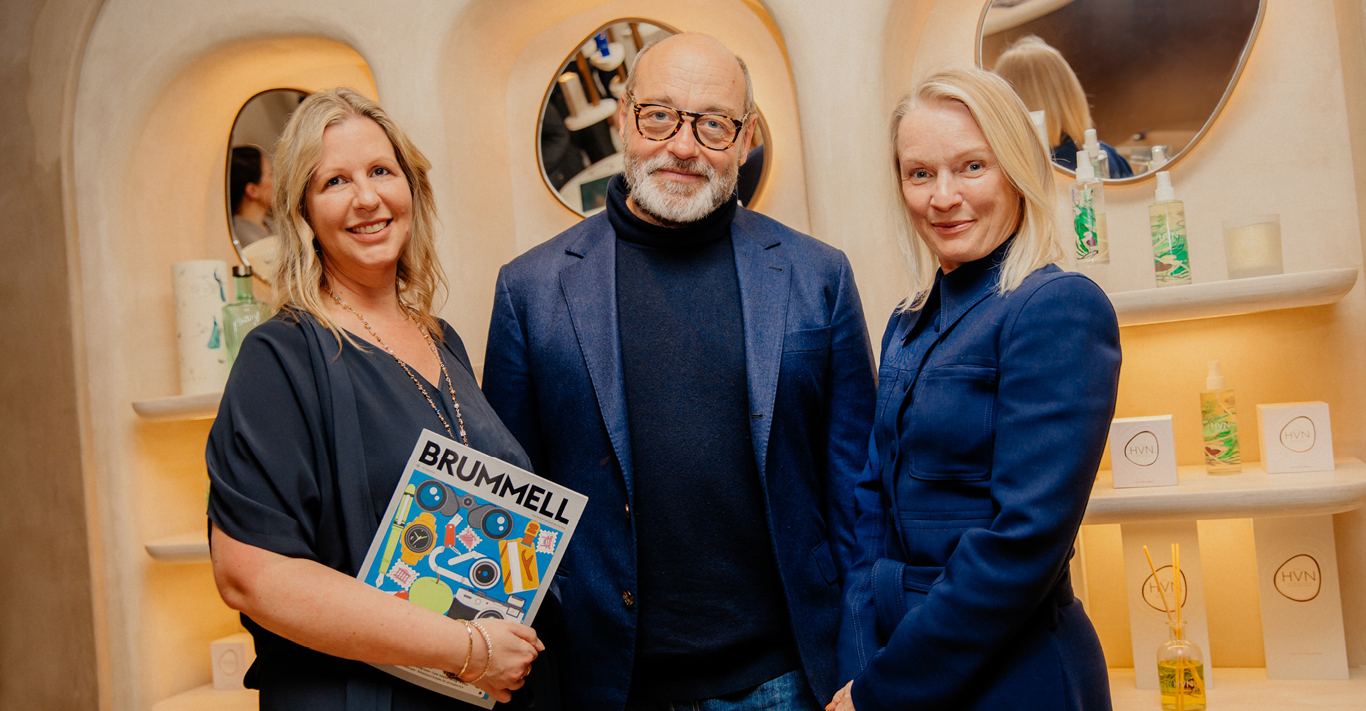NORTH
Brent Cross, Cricklewood
In 2015, Barnet became London’s most populous borough. Currently there are seven regeneration schemes taking place in the area, all to deliver the local council’s vision of offering the ‘most new homes in outer London’. According to a CBRE report published in 2017, Barnet is expected to provide 27,000 new homes and 30,000 jobs by 2024. True, Barnet doesn’t quite have the same glamour as other north London suburbs. But if you’re looking for a long-term investment it’s certainly worth a punt. And as house prices in upmarket Highgate and Hampstead have actually dropped in recent years, interest and investment in areas towards the outskirts of London have increased.
But where exactly should you be putting your money? One of the seven schemes getting plenty of coverage is Brent Cross Cricklewood, a major £4.5 billion, 1.5 hectare-wide redevelopment of the two neighbours including a proposed new train station between Hendon and Cricklewood on the Thameslink line. The crux of the regeneration scheme is the ambitious £1.4 billion development of Brent Cross Shopping Centre which, when it opened 42 years ago, was Britain’s first American-style indoor shopping mall. Since its 1970s heyday, the Brutalist shopping centre has been dwarfed by the likes of Westfield and is in dire need of a facelift. A joint venture between investment companies Standard Life and Hammerson will create a new, bigger shopping centre connected via a green bridge over the A406 to a separate site in the south, where you’ll find a whole new town centre, 200 additional shops, four parks, four million square feet of office space and 7,500 homes. Watch this space.
EAST
Whitechapel
Shaking off its unsavoury reputation as the former haunt of Jack the Ripper and – many moons later – the Kray twins, Whitechapel is, according to Litchfields estate agents, ‘the most interesting developing market in east London’. There’s plenty going for Whitechapel, with its Zone 2-but-skirting-on-1 location and close proximity to the City and Canary Wharf, plus the imminent arrival of Crossrail halving journey times across London. There’s also the Whitechapel Vision masterplan, an ambitious regeneration scheme set to improve leisure and retail facilities and create local job opportunities which should come into effect by 2020.
And yet, property wise, Whitechapel has been somewhat off the investors’ radar. That is, until now. Property management company JLL has predicted house prices to grow by 19.8% by 2021 – ‘outpacing much of Central London’. In the footsteps of its trendy neighbours and the sleek skyscraper residences sprouting up in neighbouring Aldgate, Whitechapel will see some luxurious new housing developments in the next five to 10 years. One that stands out in particular is The Silk District, two shiny new residential towers located just behind the Royal London Hospital. The development, which launched stage one of four earlier this year and will complete in 2023, comprises 450 studio, one, two and three-bedroom apartments, along with landscaped courtyards, gardens and internal streets. The development takes its name from the silk weaving French Huguenots who set up shop in the area in the 17th century and, as such, the design-led apartments embrace Whitechapel’s creative roots and culturally-rich tapestry.
SOUTH
Nunhead
Between hipster hangout Peckham and upmarket East Dulwich lies the pretty suburb of Nunhead. Despite its Zone 2 location, decent transport links and village quality (think high street butcher and fishmonger), Nunhead is still relatively overlooked by potential investors. But not for long. In recent years both Southwark Council and the Mayor of London have invested £1.2 million into the area to improve public spaces, greenery and the high street. Unusual for a prime London location, Nunhead has scant new-build developments and the kind of pretty period properties that are catnip to young families, but the area is also said to be attracting a younger crowd priced out of east London and Peckham.
WEST
White City
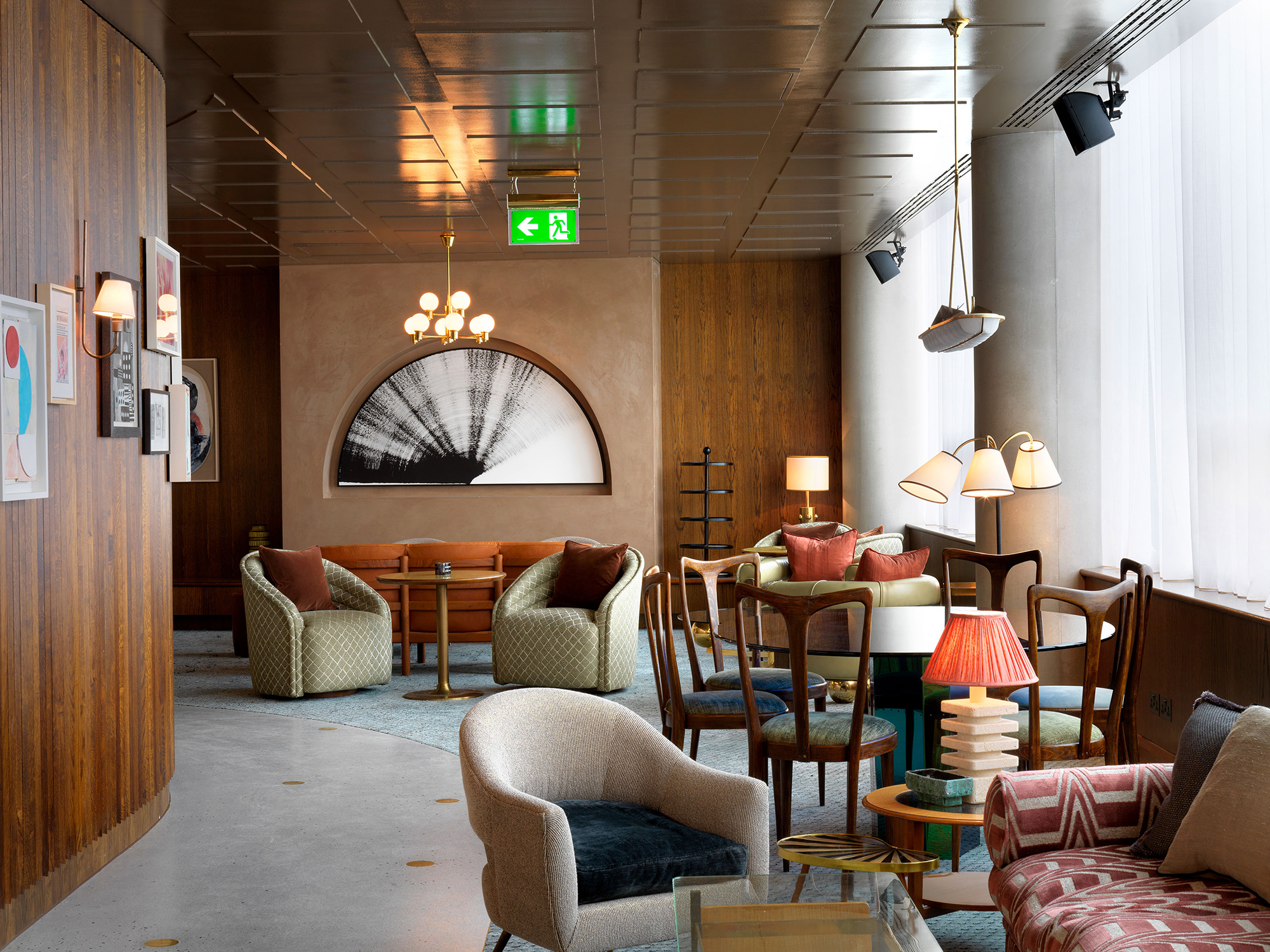
True, there aren’t many pockets of west London (within the North Circular anyway) that could be labelled ‘affordable’ but, being considerably less leafy and – let’s face it – attractive than its neighbours, White City is one of the last few places you can pick up a real bargain. White City has location in its favour, being on the Central line and a stone’s throw from love-it-or-loathe-it Westfield shopping centre, which unveiled the results of a £600 million expansion earlier this year, including 450 new retailers (upon completion) and outdoor events space.
The biggest driver of change in W12 is the £200 million transformation of the BBC Media Village, now known as White City Place. This 17-acre site sits adjacent to the sprawling new Imperial College campus and will eventually see 5,000 new homes and two million square feet of office space. Developer Stanhope snapped up Television Centre, the BBC’s 1960s headquarters, for £200 million in 2012 and have set about transforming it into 950 apartments, office space, restaurants and – most tantalisingly – a new branch of Soho House located in the Grade II-listed ‘doughnut’ building, which opened in April. Echoing the sentiments of local estate agents and developers that London’s creative shift is moving back west, Soho House’s Nick Jones said he feels ‘strongly that the whole area will pop and change dramatically over the next few years. Just like Shoreditch used to be, White City was thought of as quite dodgy,’ he added, ‘but it’s changed. And when a building like the TV Centre becomes available, it’s hard to turn it down.’

